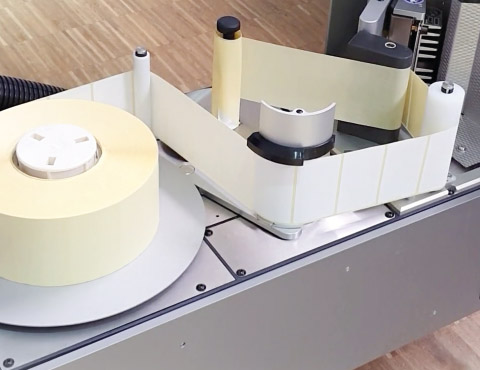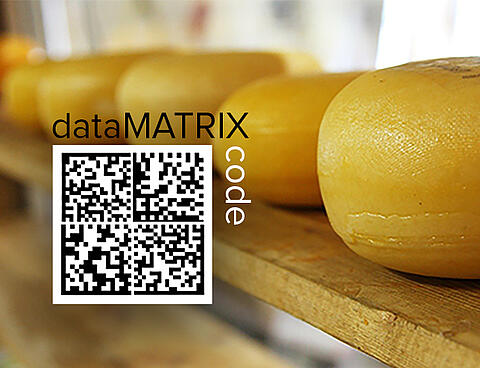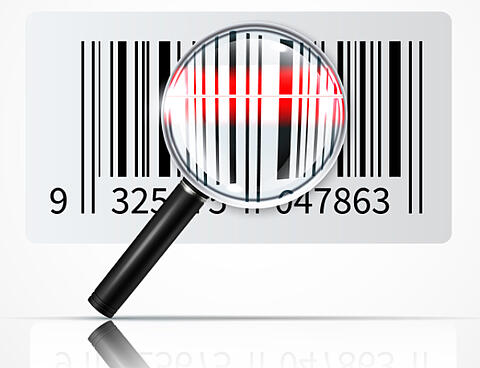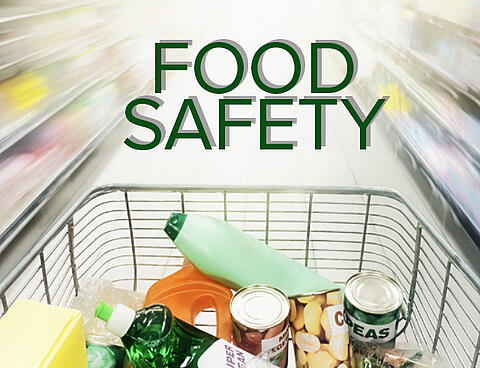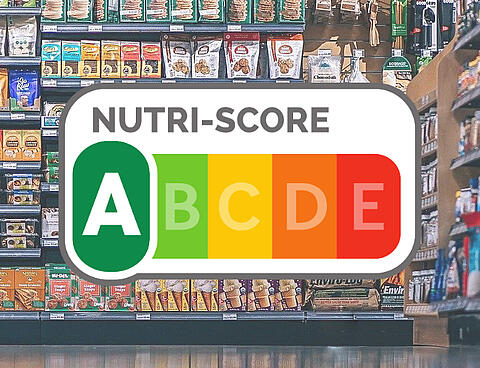
Weighing technology and its directives
in the European Union

Weighing technology is used in many different areas of our daily life. The kitchen scale and the bathroom scale are probably the most common representatives of modern weighing technology in the private domain.
Scales are also used in the commercial sector. But here, the demands of the devices are completely different. Where in the private sector a cake may fail if the kitchen scale displays incorrect values, in the commercial sector it is often a question of money or safety. Just imagine if a goldsmith, when making a wedding ring, makes mistakes in determining the weight of the gold used. It even becomes dangerous if the weights are determined incorrectly when loading goods, which can cause a truck to be hopelessly overloaded.
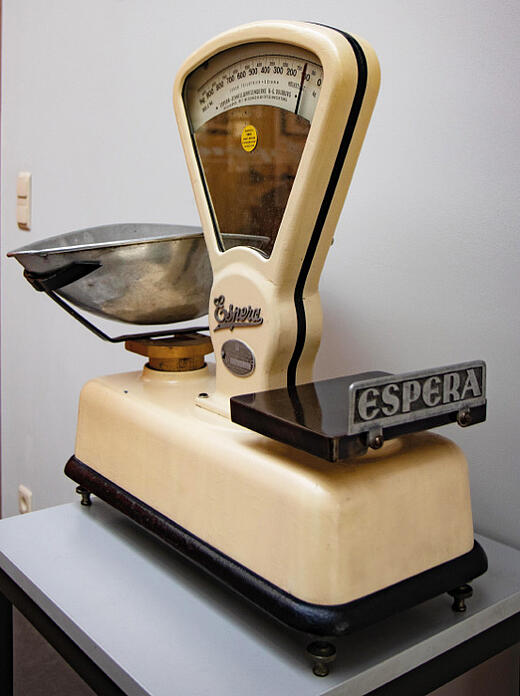
So that all market participants can rely on the values measured by their instruments, the European Union has put a system in place which regulates precisely what accuracy a weight value must have under certain conditions. A distinction is made between non-automatic weighing instruments and automatic weighing instruments.
Non-automatic scales are scales that cannot operate without an operator, similar to a kitchen scale. The "Non-Automatic Weighing Instruments Directive", NAWID for short, applies to these scales.
Automatic scales are scales that can operate completely automatically without an operator. Such scales are usually integrated into automatic, industrial processes. The "Measuring Instruments Directive", MID for short, applies to these instruments.
Both directives apply to the entire European Union, so that both users and consumers throughout the EU can rely on the accuracy of the measured values indicated. To ensure this, manufacturers must carry out a wide range of tests before placing a scale on the market to ensure that their products meet the required accuracy. Among other things, they check things such as the measuring error in the measuring range, the temperature dependence of the balance and influences from electromagnetic interference. These tests are carried out by specially notified bodies, which in turn are also re-tested. This ensures that each of these so-called "notified bodies" has the same requirements within the EU.
Every weighing instrument that is to be used in commercial trade within the EU must prove that it complies with the requirements of the directives. This means that it conforms to these directives. This is confirmed at the end of the process by issuing a declaration of conformity for each individual weighing instrument. From this point on, market participants can rely on the fact that the measured values of such a weighing instrument comply with the required measurement accuracy.
In order to verify that the measurement accuracy is maintained in the conformity assessment procedure even long after the measurements have been carried out, weighing instruments in the commercial sector are regularly checked. This control is called verification. This involves checking at regular intervals whether a weighing instrument still meets the requirements that are placed on it.
There are no longer uniform rules for this verification in the EU, which are applied in the same way in all EU countries as for MID or NAWID. This area is still regulated independently by each country at national level, so there are differences between countries.
However, all regulations aim to enable market participants to exchange goods fairly on the basis of measured weight values.
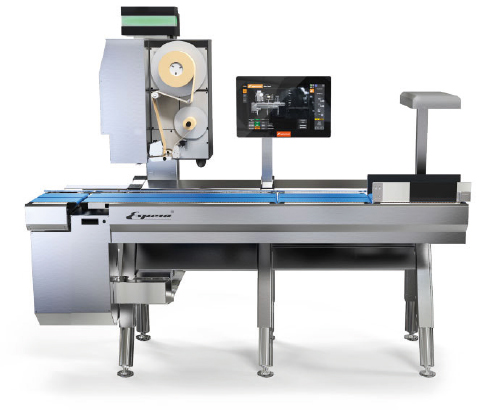
Digitisation in food production
Digitisation puts classic machine parameters such as speed and modularity in the shade as digital machine functions allow far more savings potential to be realised.
Find out in our new post about the technologies that digitalisation brings with it.





